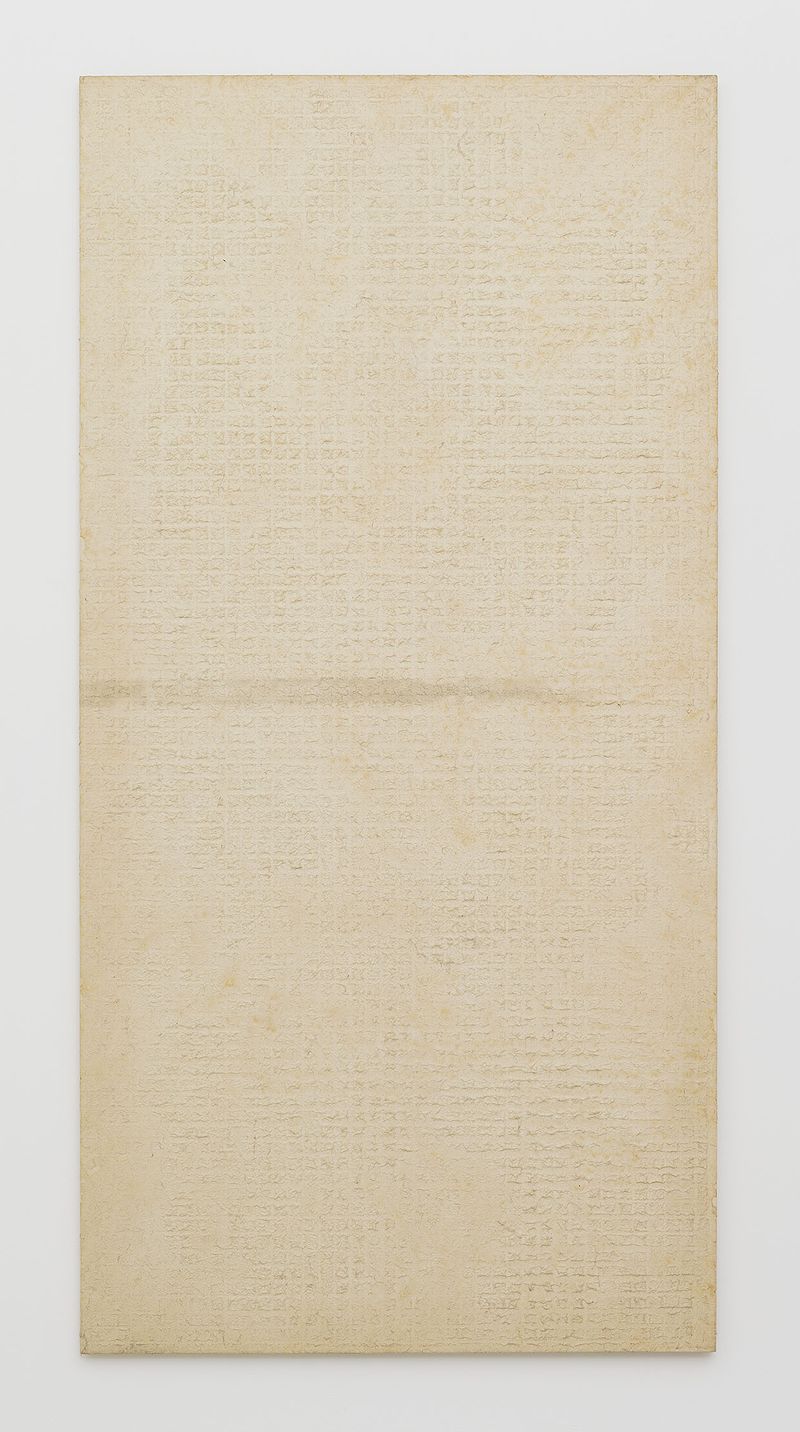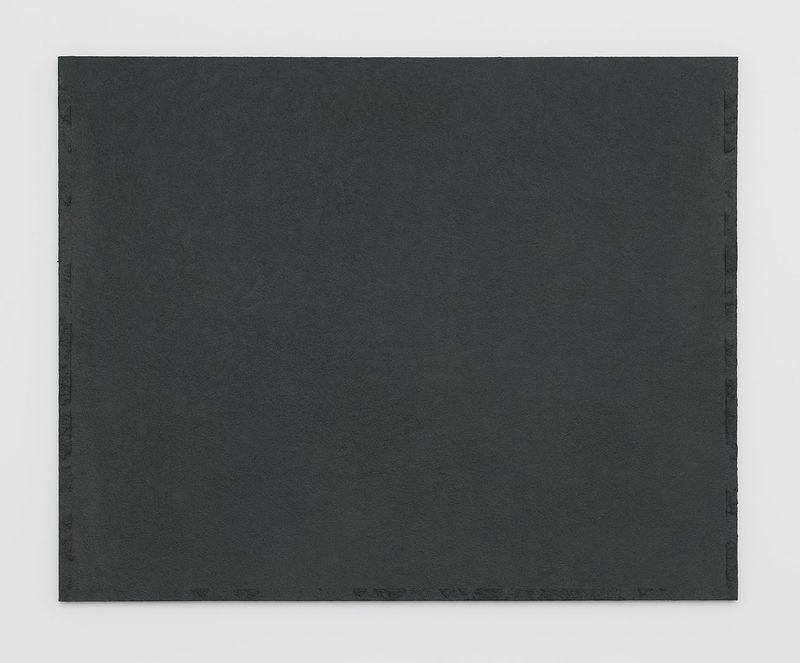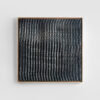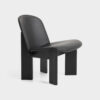There are art movements that, in my opinion, receive too little attention and the Dansaekhwa movement is one of them. Dansaekhwa (also known as Tansaekhwa), which translates as ‘monochrome painting’, was a loosely organized artistic movement that originated in South Korea in the 1970s. Amidst the violent political and military turmoil of the 1960s and 1970s in Korea, a group of artists sought to reflect the changing landscape of their homeland through abstraction. They were in search of calm, peace and balance.
They experimented with a variety of materials and merged Western concepts with Korean philosophy and aesthetics in their works. One of the main characteristics of this movement is the process-driven character of the artistic act. Through repetition and movement, painting became a practice of mindfulness for the artist, similar to deep meditation.
The term was first coined by curator and academic Yoon Jin-sup in 2000.1 14 years later, at the exhibition “The Art of Dansaekhwa” at the Kukje Gallery in Seoul, the movement gained worldwide recognition. Since then, Dansaekhwa has become an integral and important part of Korean art history. Today, I would like to share six important artists of this remarkable movement. If you want to know more about the movement, I recommend the following article: An Exploration Of ‘Dansaekhwa’ – Korean Monochrome Art
Chung Chang-Sup – Honoring Nature
Chung Chang-Sup (1927 – 2011) was one of the key figures of the Dansaekhwa movement. He is known for his monochrome paintings, which are characterized by a reduced and neutral color palette.
His work is based on his Taoist belief that a balance must be established between material and nature. Chung used traditional materials for his works, such as tak, a paper made from the inner bark of the mulberry tree. His works radiate calm and harmony and are an outstanding example of the fascinating aesthetics of the Dansaekhwa movement.
If you would like to find out more about him, I recommend the following article: https://www.aesence.com/chung-chang-sup/
The Dansaekhwa artists’ radical approach to painting was embodied by fusing the western concept of the surface with a distinctly Korean philosophy and aesthetic.
Kukje Gallery 2
Park Seo-Bo – Art As A Tool For Self-Cultivation
Park Seo-Bo (1931 – 2023) was born in South Korea during the Japanese occupation. Despite his father’s wish for him to pursue a career in law, Park followed his passion for art. In 1961, he represented Korea at an exhibition of young artists in Paris and stayed in France for over a year, where he began to turn from traditional to Western abstract techniques. Upon his return to Korea, Park developed an introspective technique influenced by Taoist and Buddhist philosophy.
From the late 1960s, Park devoted himself to his “Ecriture” series. This series is characterized by repetitive patterns of lines and circles, which he scratched into primed, still wet canvases. Over time, he expanded his technique and used hanji, a traditional Korean paper, which he glued to the canvas. By shaping and manipulating the paper with various tools, he creates a sculptural surface for the painting.3
If you would like to find out more about him, I recommend the following article: https://www.aesence.com/park-seo-bo/
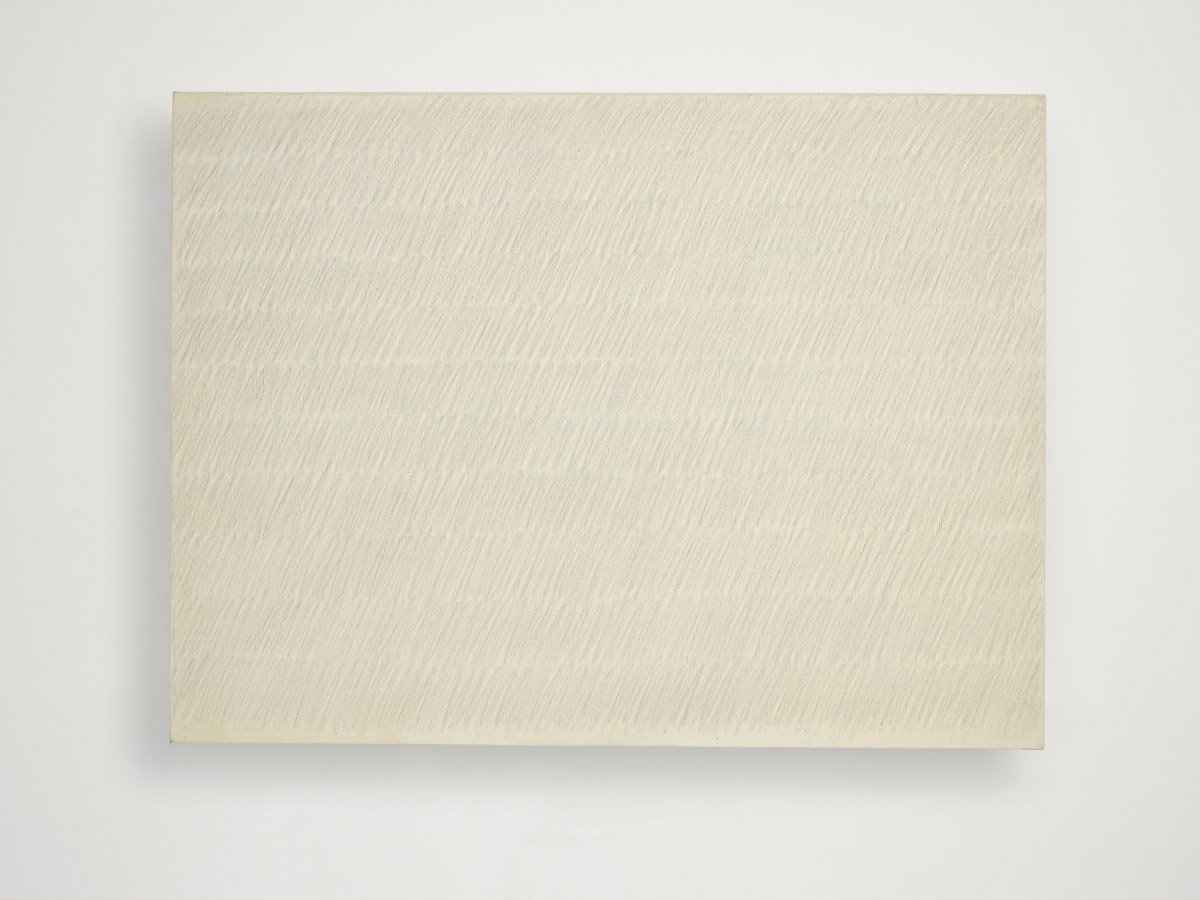
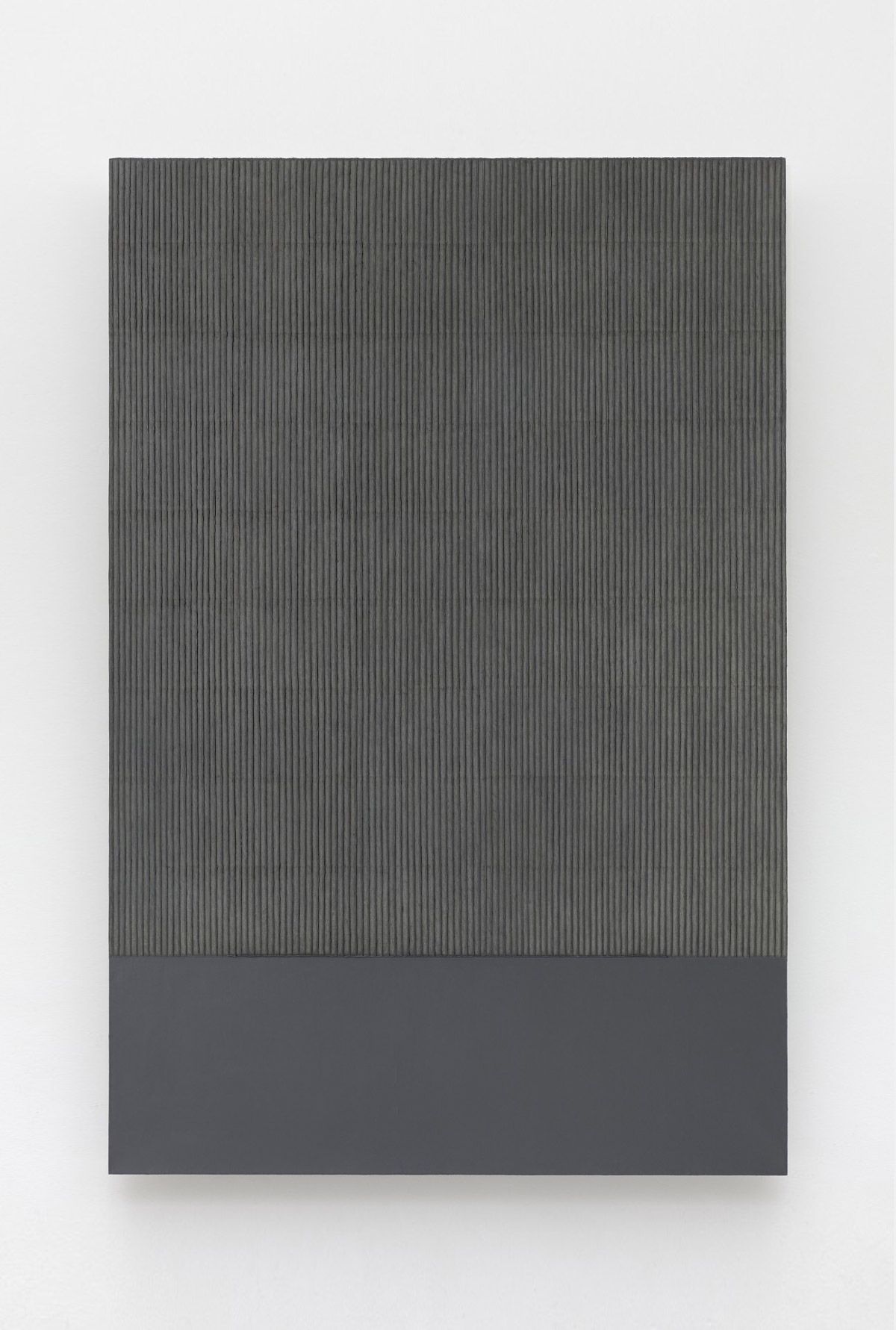
Lee Ufan – Master Of Meditative Minimalism
The South Korean-born artist and philosopher Lee Ufan (b. 1936) is known for his minimalist art, which is characterized above all by the use of simple, natural and industrial materials. He was a founding member of the Japanese art movement Mono-Ha but also an important figure in the Korean Dansaekhwa movement.
His works create a meditative awareness and invite us as viewers to engage in a subtle spirituality. They are characterized by a unique minimalist aesthetic and a deep appreciation for the natural world and the transience of all existence. The relationship between the viewer, the artwork and the space always plays a crucial role.
If you would like to find out more about him, I recommend the following article: https://www.aesence.com/lee-ufan/
Yun Hyong-Keun – Echoing Tranquility
Yun Hyong-keun (1928-2007) was one of the most influential Korean artists of the 20th century. A few years after graduating from the School of Fine Arts at Hongik University in Seoul, he joined the artists of the Dansaekhwa movement. A visit to New York in the 1970s inspired him to explore ways to divide pictorial space after discovering the works of American postwar artist Mark Rothko.4
His compositions often consist of dark, vertical stripes. He used a technique in which he applied several layers of paint to the canvas, often before the last layer had dried. He then diluted the colors with turpentine to allow them to soak into the material. These compositions were created over several days or months, with Yun applying further layers or allowing the colors to gradually bleed.
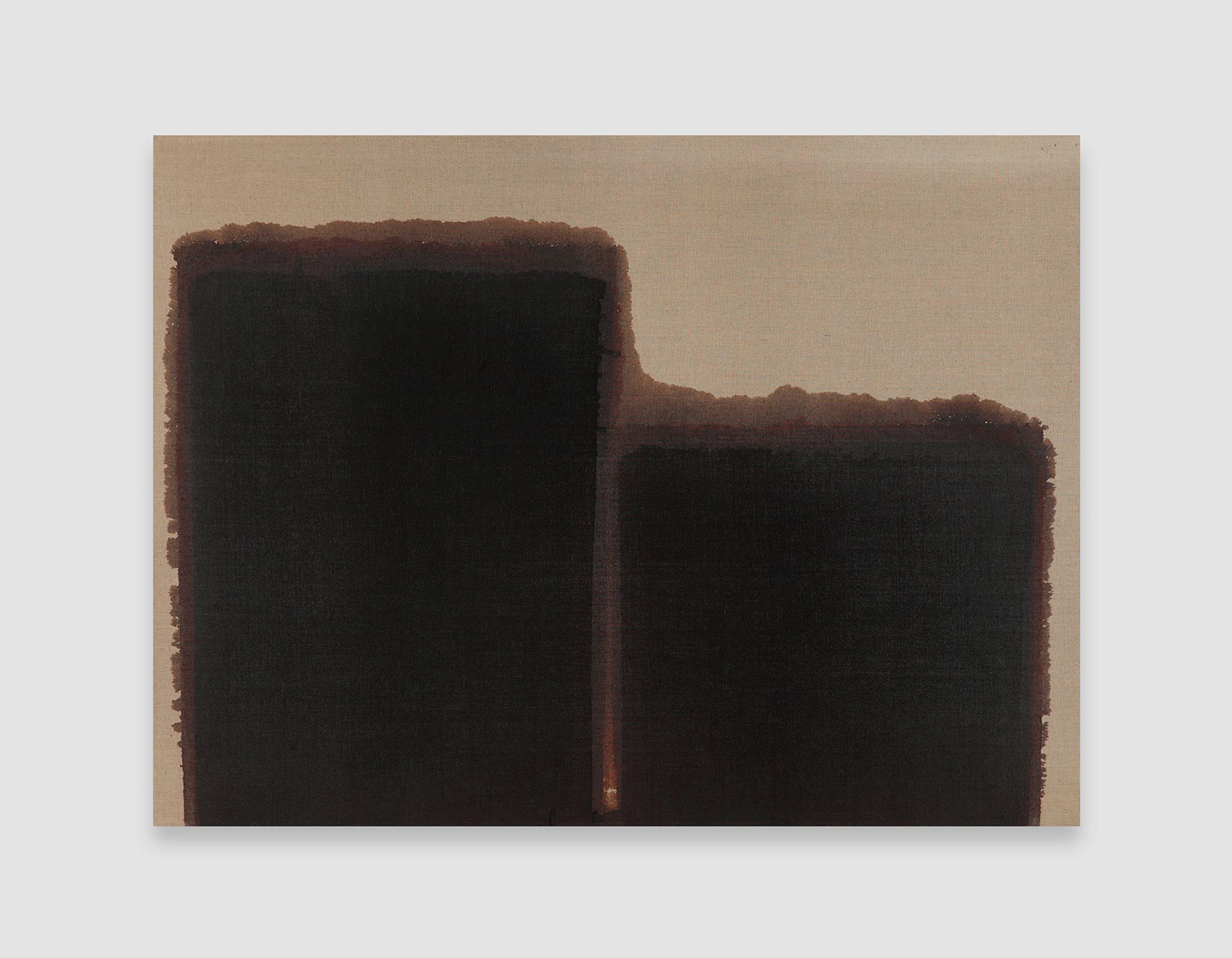
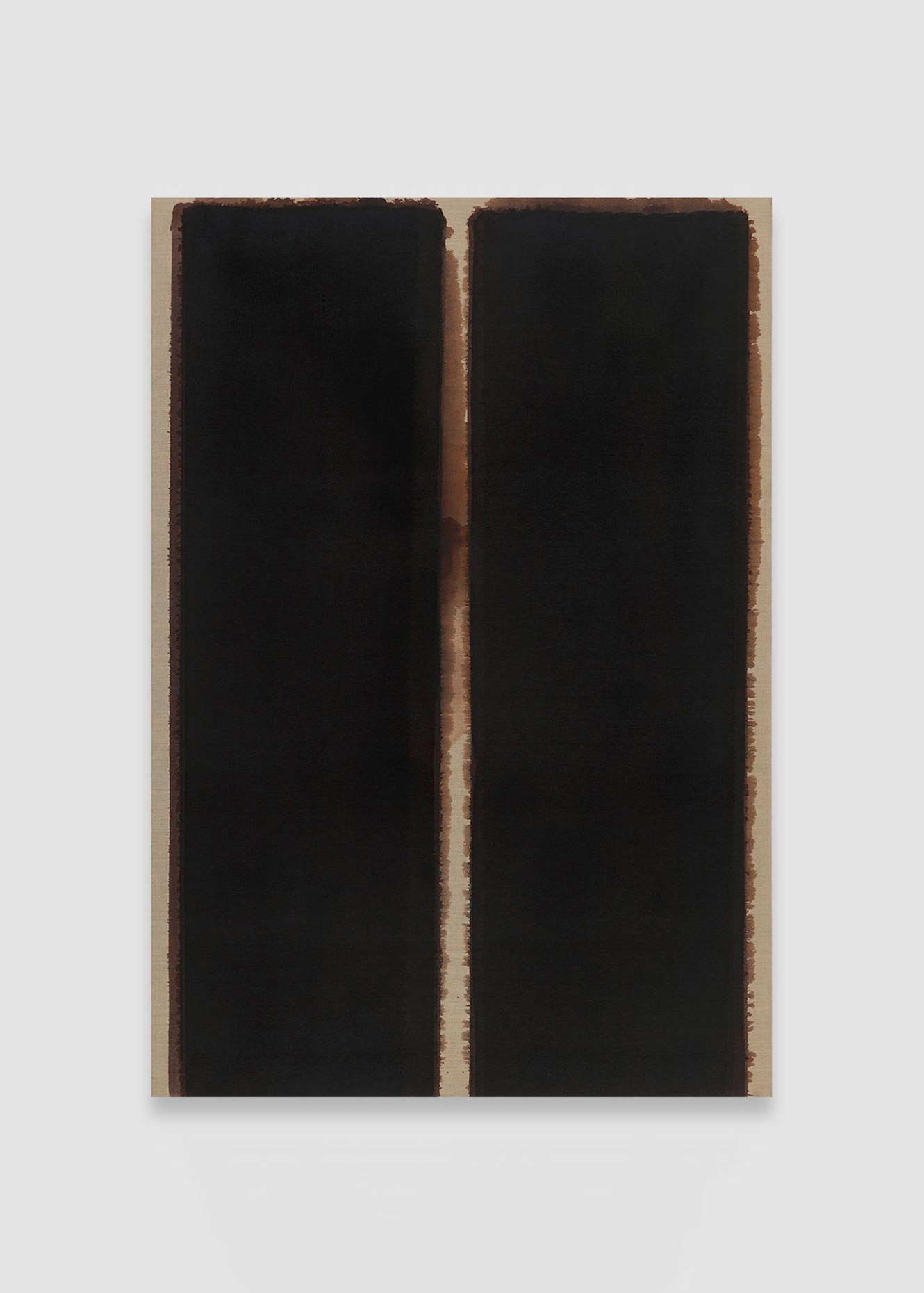
Chung Sang-Hwa – Meditative Repetition
Chung Sang-Hwa (b. 1932) is a renowned South Korean artist known for his monochrome grid paintings, which are characterized by a meticulous and meditative approach. His art is characterized by a constant, repetitive process. He begins by applying a thick layer of paint, glue and kaolin.6 Once this has dried, he draws lines on the back of the canvas and folds it along these lines. He fills in the resulting gaps with oil paint. He repeats this process several times, sometimes up to ten times. It can take up to a whole year to complete a work. The subtle texture and depth of his paintings are characteristic of Chung’s style and his intense exploration of the possibilities of painting.
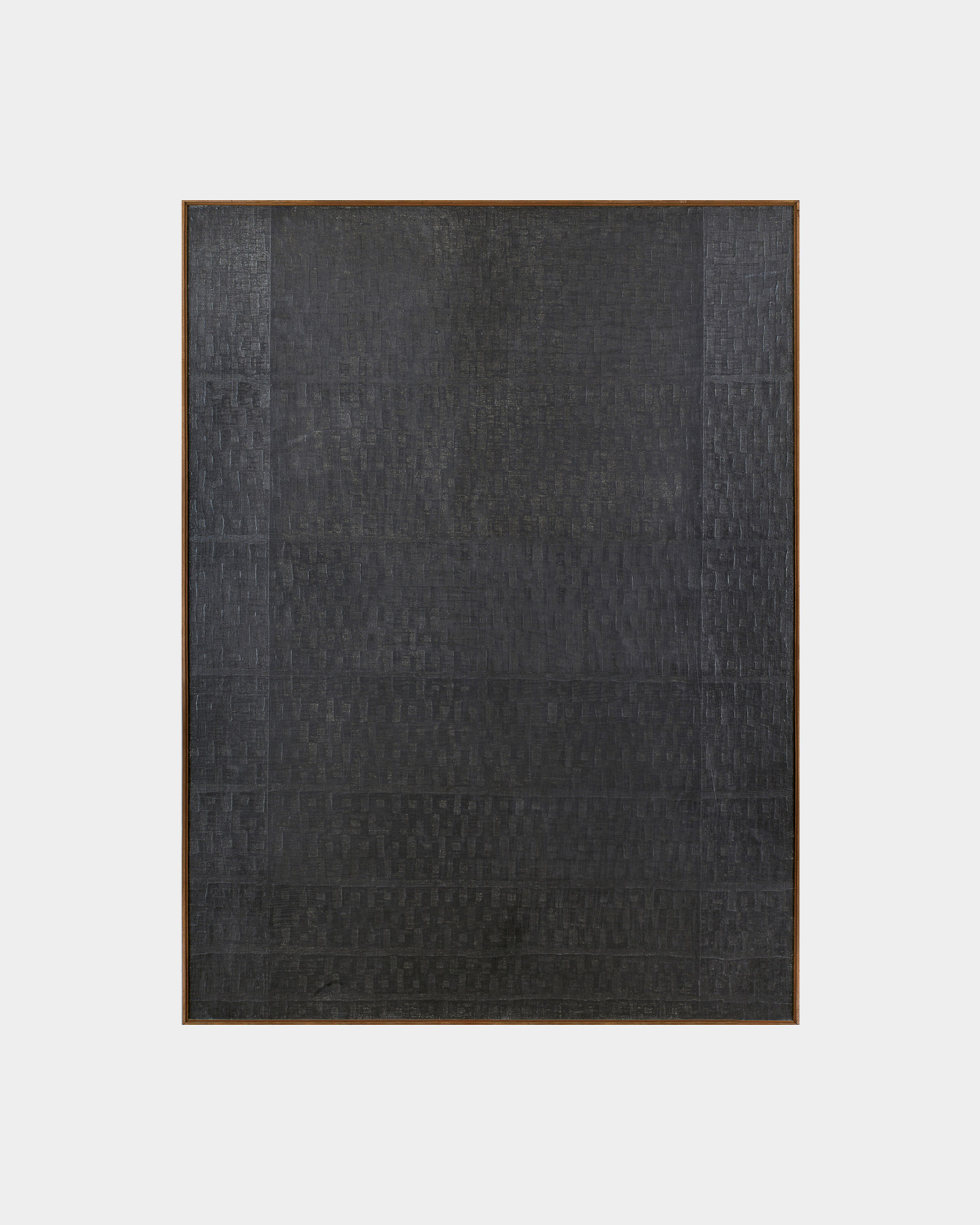
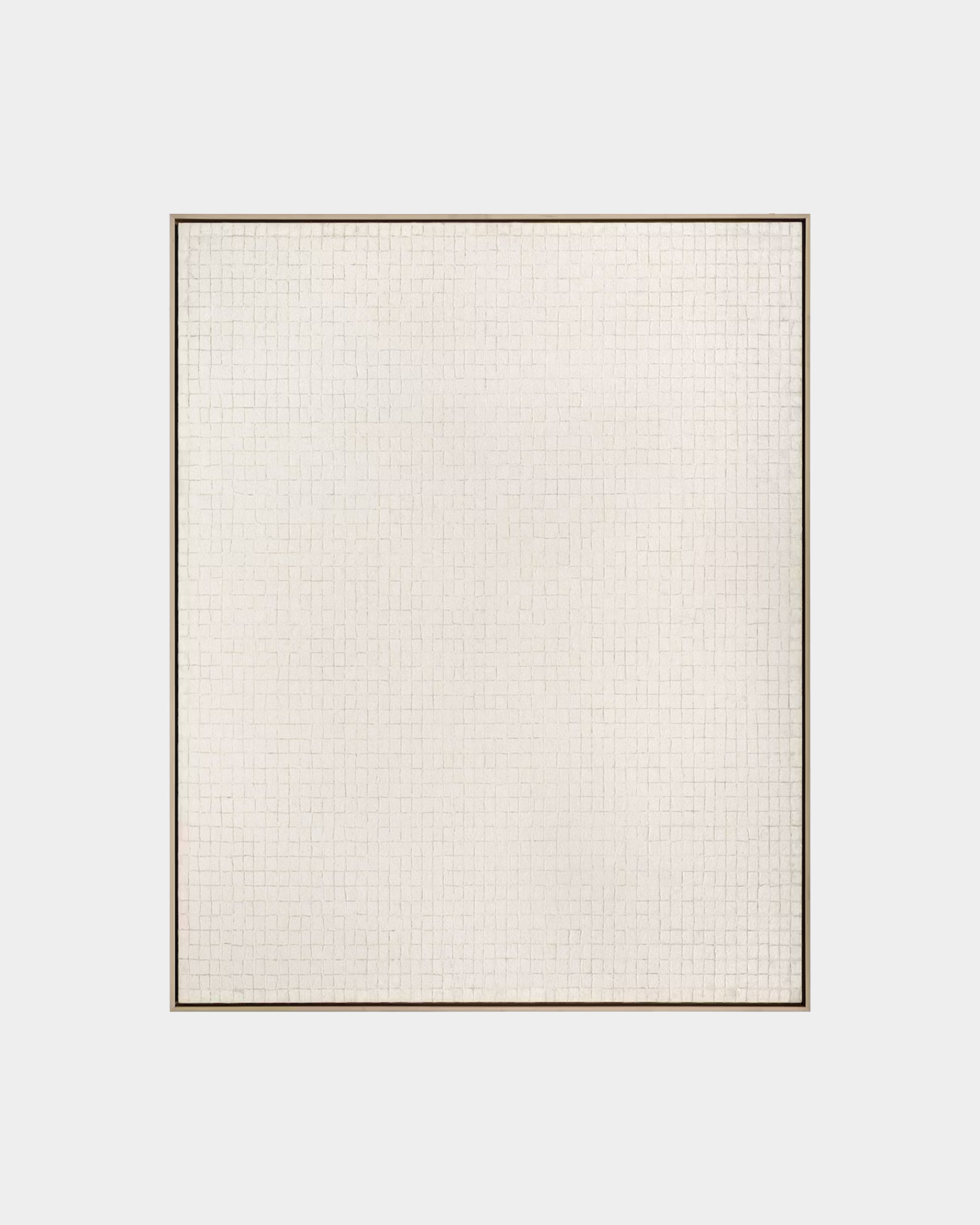
Ha Chong-Hyun – Beyond the Canvas
Ha Chong-Hyun, born in 1935 in Sancheong, South Korea, became one of the leading representatives of the movement. He graduated from the Faculty of Painting at the prestigious Hongik University in 1959. He became known in the early 1970s with his Conjunction series. This series was characterized by his technique called ‘bae-ap-bub’. He pressed paint through the loose weave of burlap to create different textures.6
Behind his artistic work is the endeavor to redefine modern art, away from academic mainstream trends.7 Ha Chong-Hyun now lives and works in Seoul. He first gained international recognition through the growing interest in the Dansaekhwa movement in 2014.
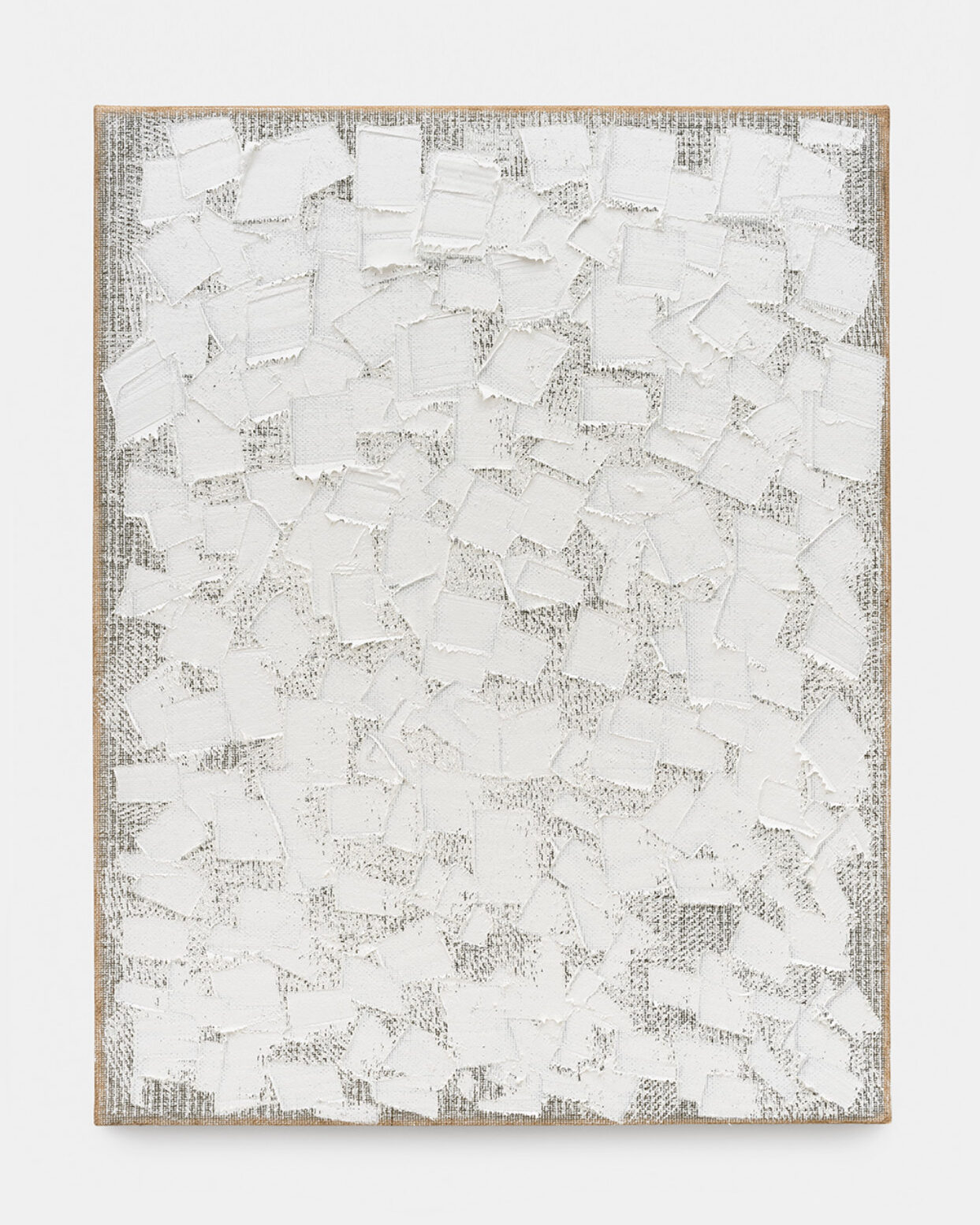
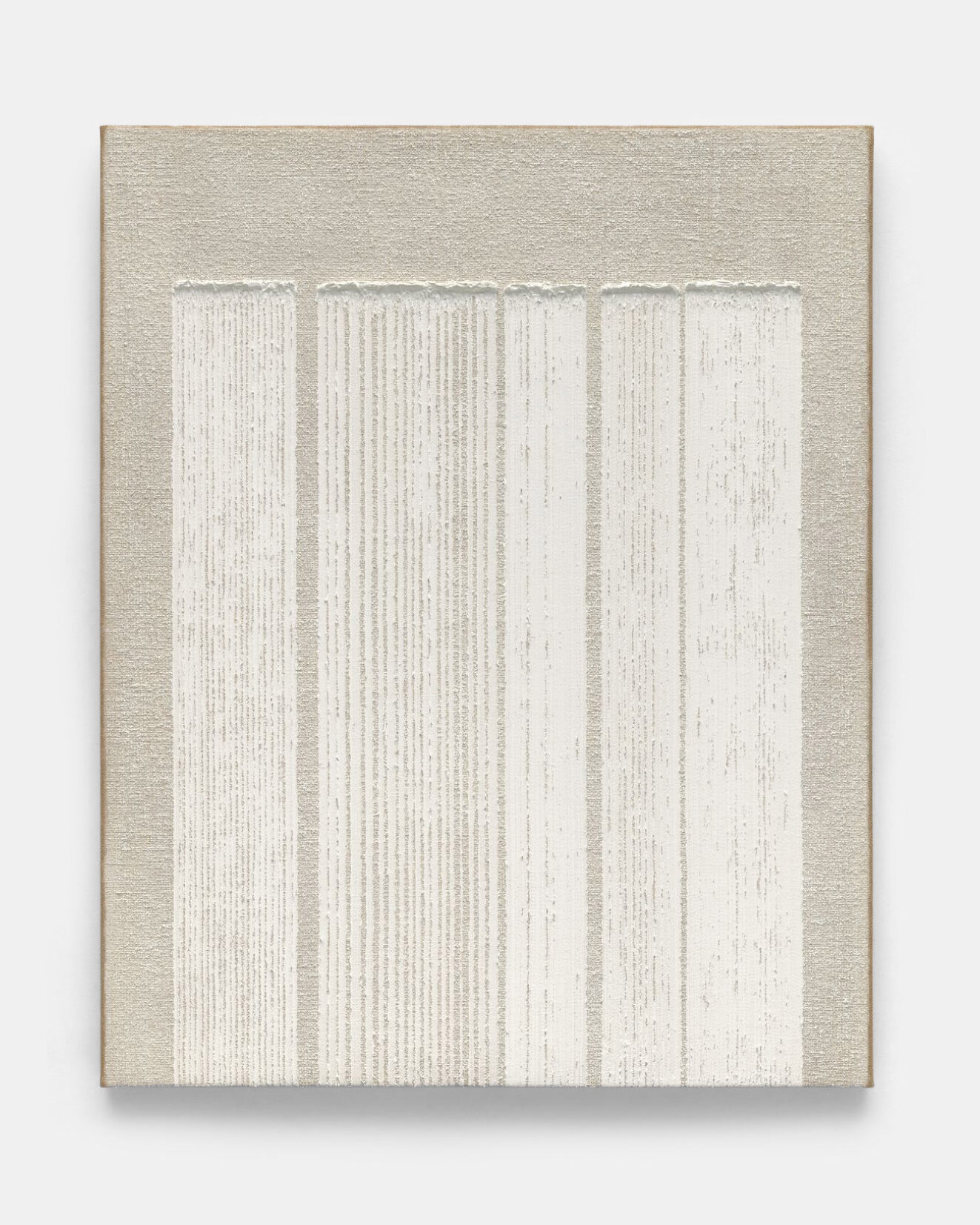
In addition to the artists described above, I would also like to mention the artists Kwon Young-Woo, Kim Guiline, Kim Keun-tai and Kim Whanki. Each of them brought their form of expression and personality to the movement, always in an incredibly calming and fascinating way.
Although the works of these artists are striking at first glance for their minimalist aesthetics, they reveal their full potential on closer inspection. They are not merely random arrangements or repetitive compositions. Rather, they reflect complex mental and physical processes. They have a deeper meaning that goes beyond the merely visible.8 They invite the viewer to be attentive, to take their time and delve deeper to discover and appreciate the full depth and beauty of the details hidden in the works.
Further Reading / Resources
- https://en.wikipedia.org/wiki/Dansaekhwa
- https://m.kukjegallery.com/exhibition/168
- https://www.perrotin.com/artists/Seo-Bo_Park/203/ecriture–no-101119/36598
- https://www.davidzwirner.com/artists/yun-hyong-keun
- https://www.artsy.net/artist/ha-chong-hyun
- https://www.levygorvy.com/artist/chung-sang-hwa/
- https://www.alminerech.com/artists/302-ha-chong-hyun
- Lee Ufan, “The Works of Yun Hyongkeun,” in On All Sides: Tansaekhwa on Abstraction, exh. cat. (Los Angeles: Blum & Poe, 2014), 137-138, originally published as “Yun Hyong-keun no shigoto,” in Yun Hyong-gun, exh. cat. (Tokyo: Muramatsu Gallery, 1976), unpaginated.
